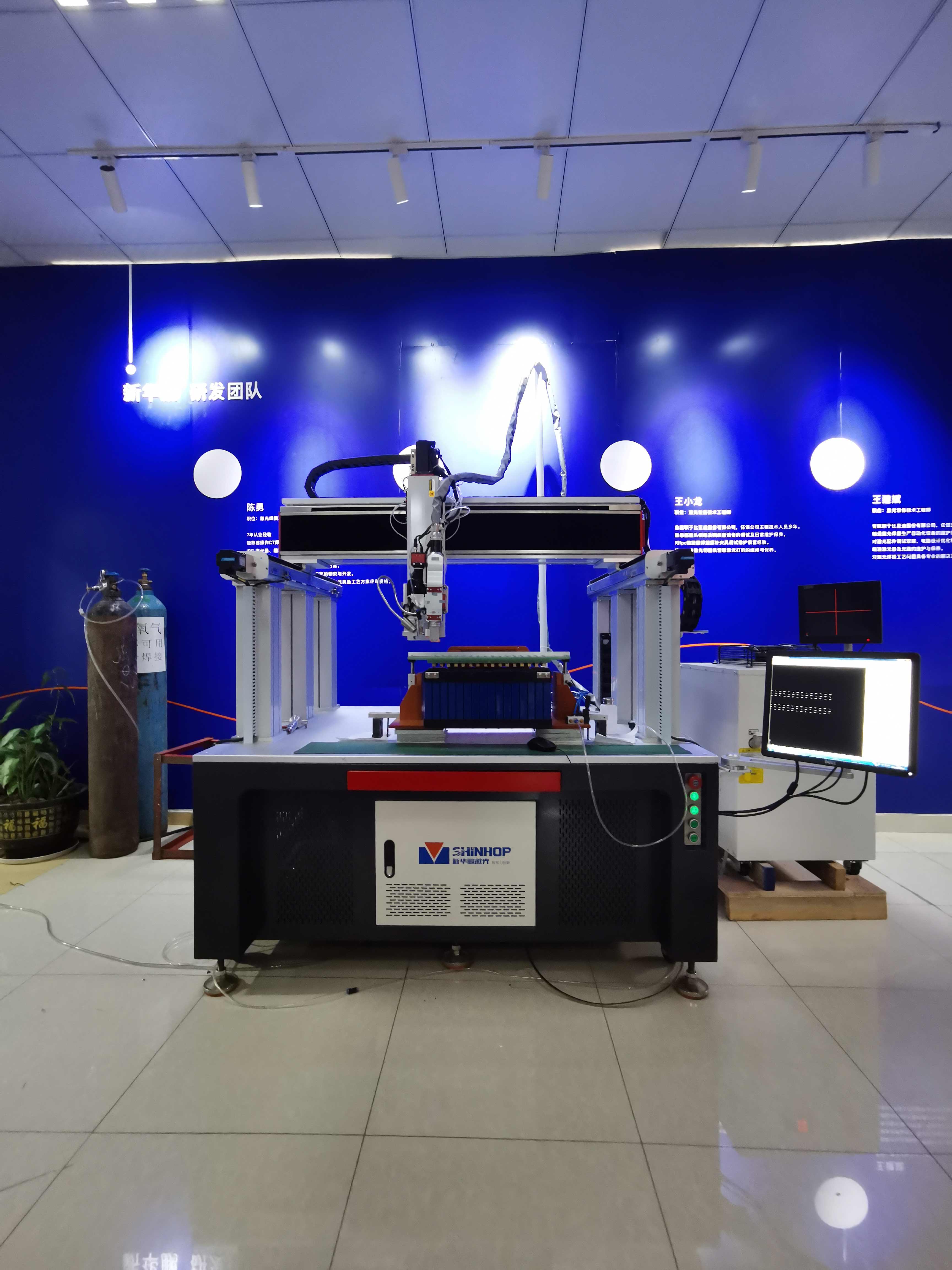laser welding machine, cutting machine, marking machine manufacturer
-
 +86 0755-89302056
+86 0755-89302056 -
 Building 6, Jingneng science and technology environmental protection industrial park, No. 3, Baolong Second Road, Longgang District
Building 6, Jingneng science and technology environmental protection industrial park, No. 3, Baolong Second Road, Longgang District
Advantages and disadvantages of laser welding
Advantages and disadvantages of laser welding technology
1. Introduction of laser welding technology
Laser welding does not use external materials, so welding can only be done by melting the area to be welded. The mirror concentrates all laser energy on a very small area of material. Since a large amount of energy is provided even after the material has reached the melting temperature, the mixture of molten materials is ionized (plasma formed) by the vapor produced by the process. In fact, all laser energy is transmitted directly without losing the material to be welded, because the energy absorption capacity of plasma is even greater than that of molten material. The high temperature continues due to the absorption of plasma energy, and the movement of the welding head surrounded by the melt occurs throughout the weld.
The role of the inert gas (such as argon or helium) in the welding process is to prevent the formation of oxygen bubbles in the liquid phase of the material, thereby reducing the porosity of the weld. In this way, laser beam welding can provide a uniform weld bead directed to a small area of the workpiece, thereby reducing the possibility of altering the chemical and / or physical properties of the weld material. By using other types of condensing lenses (such as double condensing lenses), you can control the penetration depth and weld width to some extent.
Laser technology is continuous welding and spot welding, which enables welding of various shapes and lengths with high welding quality and very fine welding. For joints and welds, there are different types (bats, overlaps, transparency, and different joint types) and blends, depending on the type and power of the laser used. Many laser welding processes that use steel do not use filler materials, so the filler at the joint to be welded is made of the material at its edges.
 2. Application field
2. Application field
Generally, the industrial sector that requires welding to process part of the work. Most of the cars, aviation, or railroads, especially with long weld seams. High series (high process productivity) and medium series stamped parts that require high quality welding.
3. Application example
High school series parts for sheet metal, pipes or round parts.
Automotive parts (chassis and various parts).
Home appliance parts.
Metal furniture, stainless steel sink.
Aluminum, titanium, nickel based superalloy aviation parts
Pipe flange assembly.
Tube bundle heat exchanger.
Guide rail (truck exterior plating, frame welding)
Wind turbine (gearbox parts)
Pressure vessel.
Food industry (food processing and packaging machine welding, cutting blades).
Medical, surgical and dental instruments.
4. Process benefits
Achieves high welding speed.
Material deformation and deformation are greatly reduced.
Eliminate the cost of the post-welding process.
Laser welding is an automated process.
High accuracy can be obtained.
Reproducibility of welding parameters and process conditions. It is highly controlled.
The laser beam through the fiber output provides great flexibility.
There is no direct contact with the weld. There is no tool wear.
Filler materials are usually not used.
Laser welding can be used to join different materials (itself or different materials).
Welded parts can be made using materials that are difficult to weld with other techniques (even if welding is not possible).
5. Disadvantages
More expensive than traditional TIG and cold welding
It is difficult to weld to highly reflective materials.
If uncontrolled, strength penetrates the material.
Reflected or scattered light can impair your eyesight.
Tel:+86 0755-89302056
+86 0755-85200585
Address:Building 6, Jingneng science and technology environmental protection industrial park, No.3, Baolong Second Road, Longgang District. Shenzhen.China




